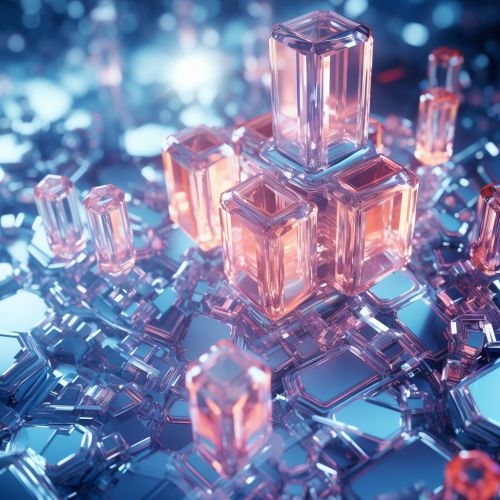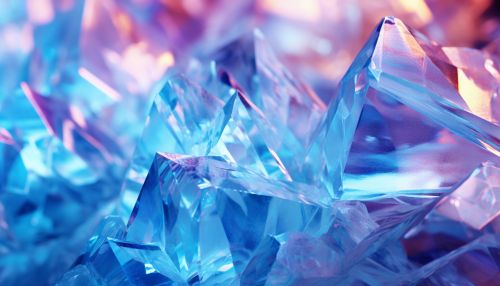Chemical compound
Introduction
A chemical compound is a chemical substance composed of many identical molecules (or molecular entities) composed of atoms from more than one element held together by chemical bonds. A molecule consisting of atoms of only one element is not a compound.
Formation of Chemical Compounds
Chemical compounds are formed when two or more atoms form chemical bonds with each other. This process is known as chemical reaction. The type of bond that forms between atoms can vary, and these different types of bonds can have a significant impact on the properties of the compound.


Types of Chemical Compounds
Chemical compounds can be classified into two main types: molecular compounds and ionic compounds.
Molecular Compounds
Molecular compounds are formed when atoms share electrons, resulting in a covalent bond. These types of compounds typically consist of nonmetals. An example of a molecular compound is water (H2O), which is composed of two hydrogen atoms and one oxygen atom.
Ionic Compounds
Ionic compounds are formed when one atom donates an electron to another. This results in the formation of ions, which are atoms or groups of atoms with a net electric charge. These ions are then held together by ionic bonds. Ionic compounds typically consist of a metal and a nonmetal. An example of an ionic compound is sodium chloride (NaCl), commonly known as table salt.
Properties of Chemical Compounds
The properties of a chemical compound are determined by the type of atoms it contains and how those atoms are bonded together. Some of the key properties that can be determined include the compound's physical state (solid, liquid, or gas), its color, its odor, and its density. Other properties include the compound's melting and boiling points, its solubility in water, and its electrical and thermal conductivity.
Chemical Nomenclature
Chemical nomenclature is the term given to the naming conventions used for chemical compounds. The rules for naming compounds are established by the International Union of Pure and Applied Chemistry (IUPAC). These rules ensure that each compound has a unique name, making it easier for scientists to communicate about specific substances.
Chemical Reactions and Compounds
Chemical reactions involve the breaking and forming of chemical bonds, leading to the transformation of one or more substances into different substances. These reactions can result in the formation of new chemical compounds. The substances that are consumed in the reaction are called reactants, and the new substances that are formed are called products.
